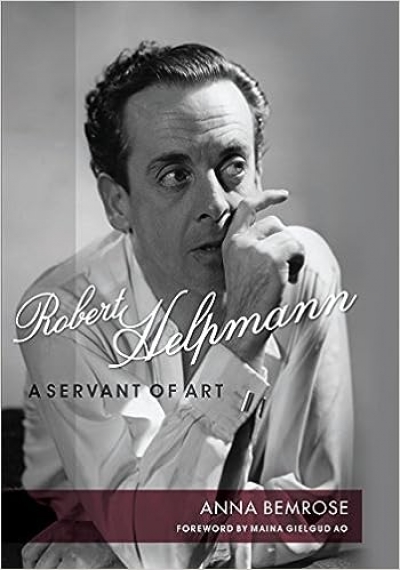Dance
Robert Helpmann: A Servant of Art by Anna Bemrose
by Ian Britain •
At certain moments in Australia’s cultural history, dance has been the prime artistic force of the day. At those times, dance and its makers have inspired and enthused a whole generation of people. Dance has changed lives, has allowed careers to blossom in unexpected ways, and has created fanatical audiences. Dance had this power over Australians between 1936 and 1940, when three Russian ballet companies – Ballets Russes companies – toured Australia.
... (read more)
